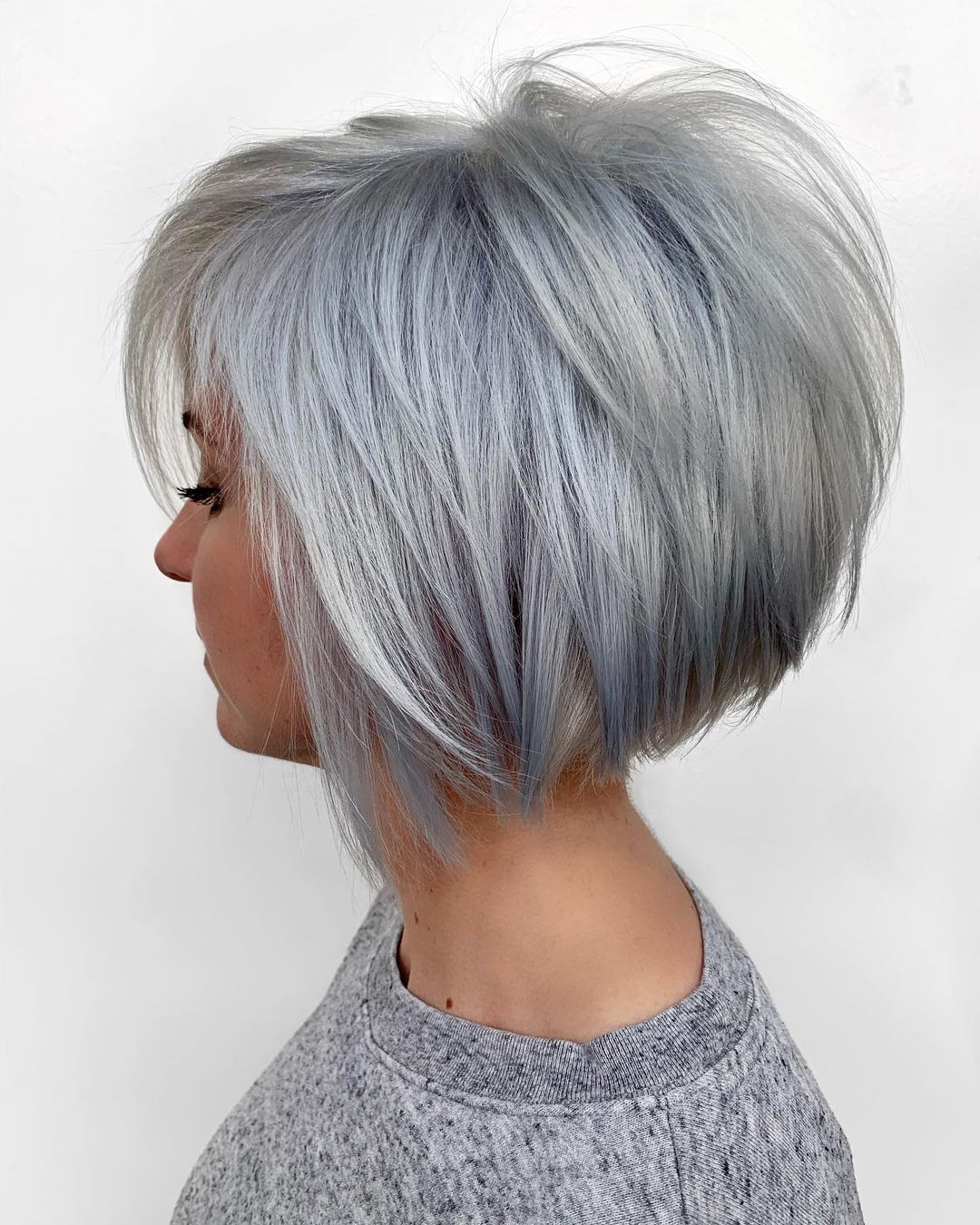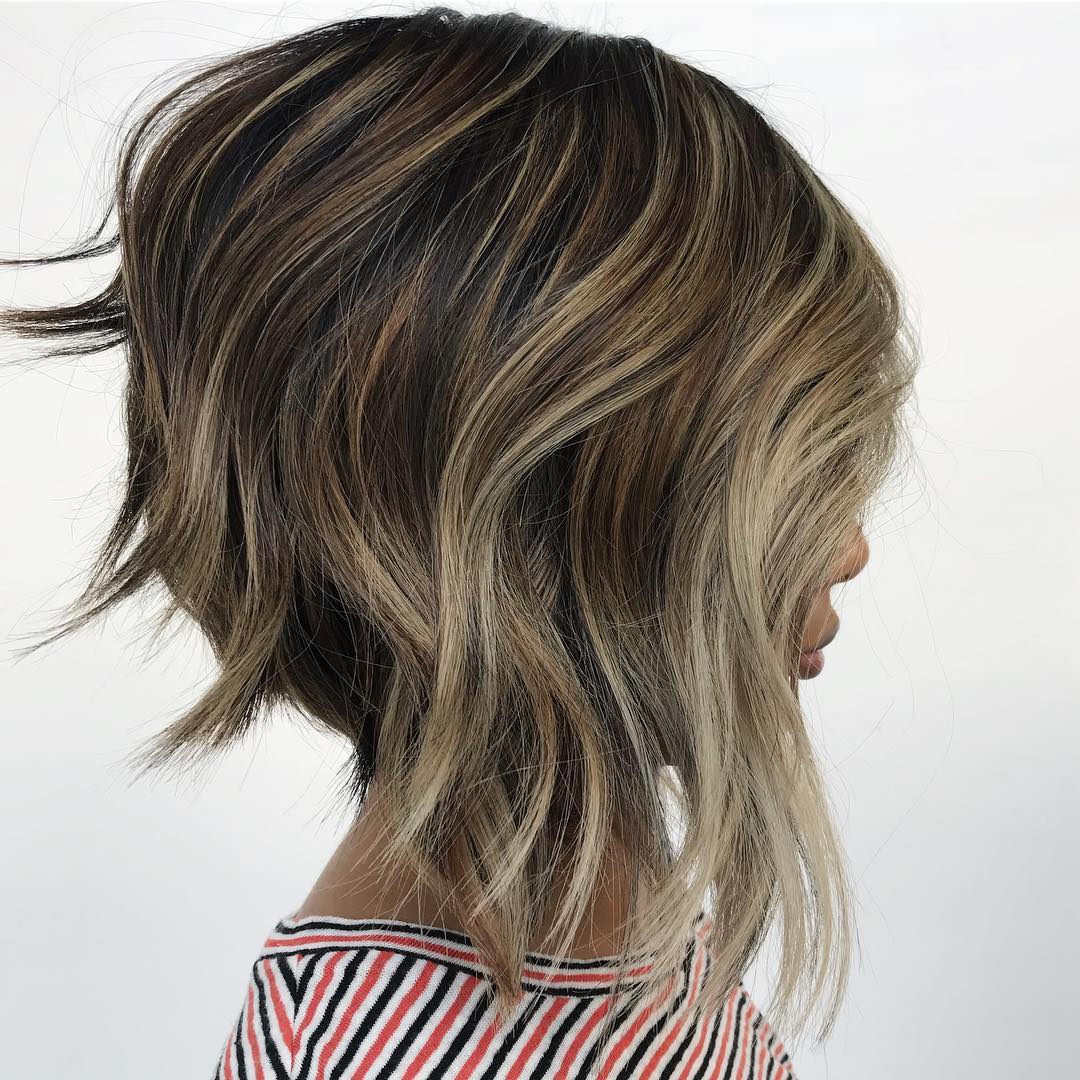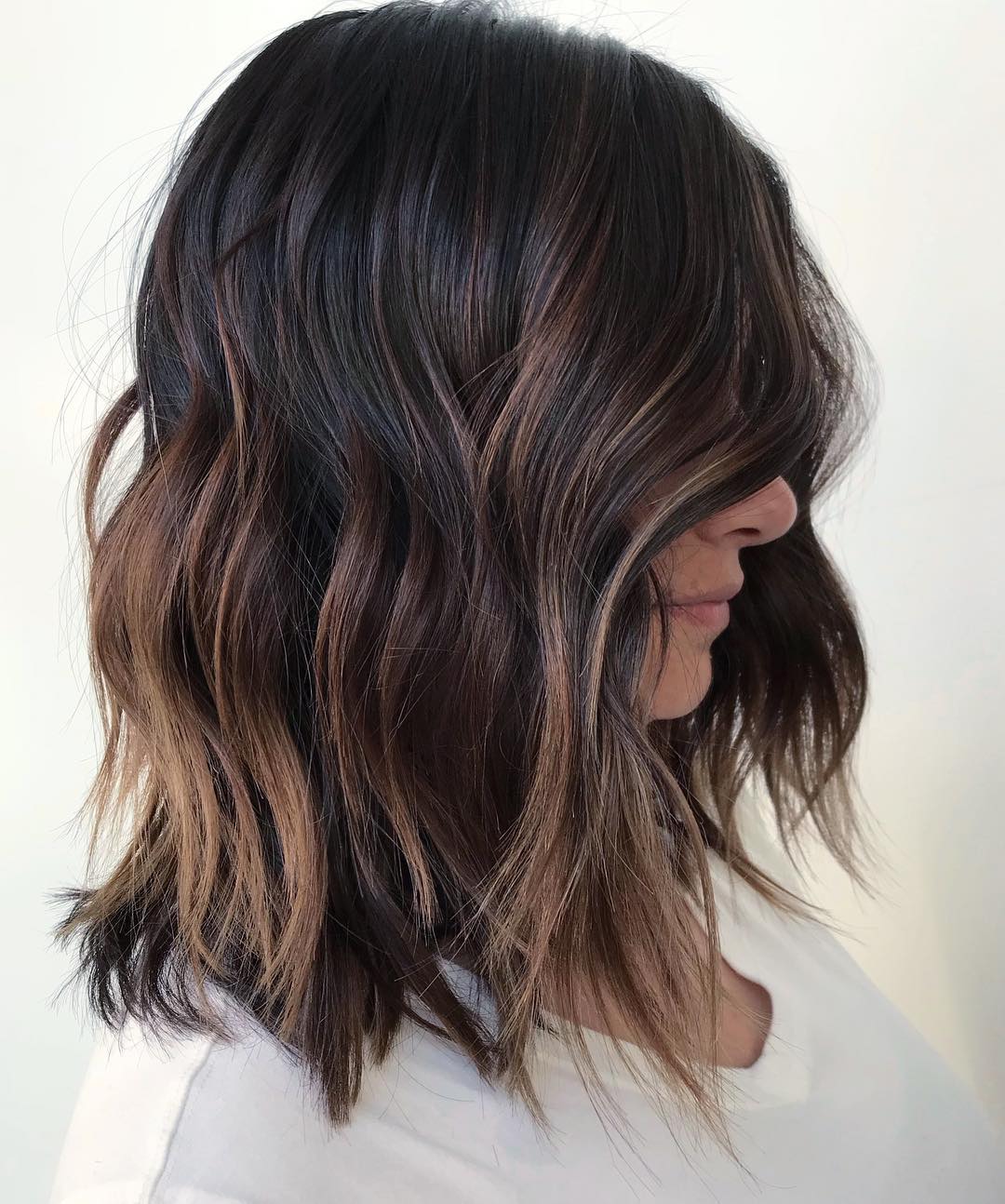Author Ekaterina Ch. Reading 8 min Views eleven
Updated
Hair coloring is one of the most popular ways to change your look and emphasize individuality. It allows you to create bright and stylish accents, add volume and depth, and hide imperfections. Let’s take a look at the different hair color options and find out how to choose the right style for different hair types and haircut lengths.

Coloring for blond hair
This coloring offers many possibilities for creating a unique and stylish look:
- Popular shades
Blonde hair can have different shades, and the choice of the right shade depends on your preferences and type of appearance:
- Blonde shades: ashy, golden, honey – add light and bright nuances, giving them warmth or coldness.
- Warm shades: caramel, chocolate, copper – give the hair a warm and attractive depth.
- Cold shades: platinum, silver – create an elegant and fashionable look for light brown hair.

- Coloring techniques: highlighting, balayazh, shatush:
- Highlighting: This is a technique in which thin light strands are applied to light brown hair. Highlighting creates a natural and sunny effect, adding depth and volume to the hair.
- Balayazh: This technique involves the free application of light shades on selected strands. Balayazh gives hair playfulness and volume, creating the effect of sun rays.
- Shatush: Shatush offers soft transitions from dark to light, creating the effect of casual and sunny lighting. This technique adds naturalness and depth to blond hair.

- Colored blonde hair care:
Colored blonde hair requires special care to keep the color vibrant and healthy:
- Use special shampoos and conditioners for color-treated hair to help keep the color vibrant and prevent fading.
- Regularly make moisturizing and nourishing masks to restore the hair structure. Coloring can have some effect on the hair, so it is important to provide them with additional nutrition and hydration.
- Avoid heavy use of heat tools such as hair dryers, flat irons and curling irons, which can further damage your hair and speed up color fading. If you must use heat tools, use protective products to help reduce heat exposure to your hair.
- Protect your hair from direct sun exposure. UV rays can cause fading and fading of hair color. When in the sun, use hats, scarves or special sprays to protect your hair from ultraviolet rays.
- Maintain regular visits to the hairdresser for color correction and to keep color fresh. It will be able to remove sections of grown roots or light shades and renew the hair color.
- Remember to comb your hair properly. Use a wide-toothed comb or special combs for color-treated hair to avoid damage and breakage.

Coloring for blonde hair
Coloring for blond hair provides ample opportunities for creating a fashionable and attractive look:
- Creating a platinum blonde
Platinum blonde is a bright and stylish shade that grabs attention. To achieve this effect, you can use the process of bleaching the hair, then apply a special light shade that gives it a cold silvery glow.

- Beige and golden shades for blonde hair
Beige and golden hues add warmth and naturalness to blonde hair. They add shine and depth to the hair, creating a pleasant and sunny look. Choose a shade that suits your skin tone and preferences.

- Ombre technique for blonde hair
Ombre is the effect of a smooth transition of color from the roots to the ends of the hair. For blonde hair, ombre can give the impression of sunrays, giving it volume and depth. This is achieved by applying light shades to the bottom of the hair, keeping the roots in a darker shade.

- Preservation of color vibrancy
To keep the brightness of the color on blond hair, it is important to follow some care rules. Use shampoos and conditioners specifically formulated for color-treated hair to help maintain color and prevent fading.
Also try to minimize the use of heat tools and protect your hair from sun exposure with sunscreen.


Coloring for dark hair
Coloring for dark hair offers opportunities to create an expressive and unique look. Let’s take a closer look at each of the subheadings:
- Intense shades for dark hair
For dark hair, you can use intense shades to give them depth and saturation: dark brown, mahogany, black, dark chocolate and carmine. These shades will add character and style to your dark hair.

- Fashion techniques: brunette with copper or purple accents
To add variety to dark hair, you can use accents in the form of copper or purple shades. This will create interesting and vibrant effects on your haircut and add warmth and shine to dark hair, while purple accents add coldness and mystery.

- Combination of coloring and bleaching
The technique of combining coloring and bleaching allows you to create contrasting and bright effects on dark hair – creating light strands or highlighting to add light accents and depth. The combination of different shades will create an interesting and trendy look for your dark hair.


Coloring for long and medium hair
Coloring for long and medium hair provides many opportunities for creating a spectacular and stylish look:
- Creating volume and texture with coloring
Coloring can be a great way to add volume and texture to long and medium hair. Applying light shades to the top of the hair or using techniques such as balayage or ombre will create the effect of voluminous and multifaceted hair. You can also use the highlighting technique to create the effect of a play of light and shadow.

- Gradient effect: transition from one shade to another
The gradient effect is a technique that involves a smooth transition from one shade to another along the length of the hair. It can be a transition from light to dark or from one shade to another shade. The gradient effect adds depth and interest to long and medium hair for a dramatic and trendy look.

- Fashionable color combinations for long and medium hair
The options for color combinations for long and medium hair are endless. You can experiment with contrasting or harmonious color combinations, depending on your style and preferences. Some popular color combinations include bronzing (a combination of blonde and brunette), using bright accents, or creating soft transitions from one shade to another.


Coloring for short hair
Coloring for short hair provides an opportunity to create a bright, expressive and stylish look. Let’s take a closer look at each of the subheadings:
- Bright and expressive colors for short haircuts
Short hair is perfect for experimenting with bright and unusual shades: bright red, bold purple, hot pink or any other shade that highlights your personality and style. Bright colors on short hair create an impressive and memorable look.


- Coloring for the effect of volume and texture
Short hair can be colored in such a way as to create visual volume and texture. Using techniques (balayage, ombre or highlights) will help add depth and dimension to your haircut. Bright shades in certain areas of the hair will create interesting accents and visual effects.


- How to keep color and avoid fading
To keep the color vibrancy and color fastness on short hair, it is recommended to follow a few tips:
- Use shampoos and conditioners specially formulated for color-treated hair. They will help preserve the brightness of the color and prevent it from fading.
- Limit the use of heat tools such as hair dryers, flat irons or curling irons, which can speed up the color fading. If using heat tools, use heat protectants.
- Protect your hair from direct sunlight with hats, scarves, or UV protection sprays.

Coloring on the square
Coloring on the square opens up opportunities for creating a stylish and elegant look:
- Stylish ideas for coloring caret
Kare is a classic haircut that can be complemented with interesting color schemes. Some stylish bob color ideas include:
- Ombre effect: a smooth transition of color from the roots to the ends of the hair, creating a harmonious and elegant look.
- Balayage: loose application of light shades on selected strands of hair, giving the bob playfulness and volume.
- Contrasting accents: bright strands or mehendi in contrasting shades, adding individuality and expressiveness to the caret.
- Balancing the color and shape of the haircut.

When coloring a caret, it is important to consider the balance between color and the shape of the haircut. The color should emphasize and balance the shape of the square, creating a single harmonious image. Hire a professional to help you select the most appropriate shades and coloring techniques to achieve the perfect balance between color and shape.
- Experimenting with contrast and brightness
Caret provides an excellent opportunity to experiment with contrast and brightness. You can choose bright and contrasting shades to add drama and expression to your haircut. It can be a combination of dark and light shades, bright color accents or the creation of original graphic effects.

Coloring with ombre
Ombre is a popular coloring technique that offers a smooth and harmonious color transition from the roots of the hair to the tips. Let’s take a closer look at each of the subheadings:
- Features and benefits of the ombre effect
Ombre effect gives the hair a stylish and fashionable look. The main benefits of the ombre effect include:
- Naturalness
Ombre creates a natural effect of light and shadow, which is reminiscent of sunlight on hair.

- Minimum regrowth
Ombre allows you to keep the roots in a natural color, which requires less care for regular corrections.

- Individuality
Ombre allows you to experiment with different shades and create a unique look that will highlight your personality.

Hair coloring is a fun and creative process that allows everyone to express their individuality.
And which way will you choose? Share with us in the comments.



